-
Content count
1,898 -
Joined
-
Last visited
-
Days Won
14
Posts posted by moment
-
-
Dancing is a form of love and self care. Dance brings joy. Joy is an act of resistance. Joy builds resilience. Joy gives rise to hope. Please take some time for yourself, to do a little dance, any kind you like, any way that feels good.
-
 3
3
-
-
Cleisthenes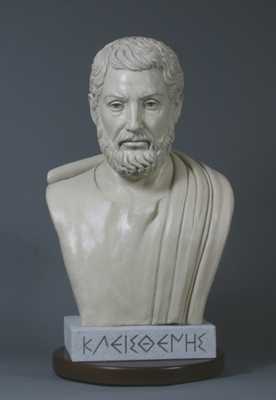
Who is the father of democracy? Not Thomas Jefferson, as many people oddly seem to think. It was, in fact, the little known Cleisthenes. He first introduced democracy to the Greek city states (undoubtedly following some of the principles previously set forth by Solon) in 508 BC, after he gained political power in Athens. From 508 to 502 BC, he began to develop a series of major reforms, leading to the formation of Athenian Democracy. He made all free men living in Athens and Attica citizens, giving them the right to vote as part of a democratic society. He also established a council (boule). All citizens over the age of thirty were eligible to sit on the council, encouraging public involvement in the government. While the format may not be the same as the many democracies around the world today, there is no doubt that this was the first step.
-
 3
3
-
-
The Gulabi gang
The Gulabi Gang are a group of female Indian vigilantes, who all wear a pink sari. The group fight against child marriages, the dowry system, abusive husbands and female illiteracy
-
 3
3
-
-
Dr. Megan Coffee
A specialist in infectious diseases, Dr Coffee has been working in Haiti since the earthquake in 2010. She arrived in Haiti after the earthquake and established a new sanatorium in Port-au-Prince. She still works there, without pay, taking public transport to work, treating patients.
-
 3
3
-
 1
1
-
-
-
“There are times when we stop, we sit still. We listen and breezes from a whole other world begin to whisper.” —James Carroll
-
 4
4
-
-
After I'm dead, I'd rather have people ask why I have no monument than why I have one.
------Porcius Marcus Cato
-
 3
3
-
-
Pleasure in the job puts perfection in the work.
Dignity does not consist in possessing honors, but in deserving them.
You will never do anything in this world without courage. It is the greatest quality of the mind next to honor.
---Aristotle
-
 3
3
-
-
-
Have you heard the one about the man who kept shouting “broccoli” and “cauliflower”? He thought he might have florets.
-
 3
3
-
-
-
-
Rodrigue Katembo
Put his life on the line to protect endangered animals such as Rhino and Gorillas. 160 park rangers have died in the past 15 years in Congo’s Virunga National Park alone, only marginally less than total number British casualties during the invasion and occupation of Iraq.
In addition to having to deal with the threat of poachers, park rangers have to deal with tropical diseases, illegal miners, forest fires, trekking through miles of inhospitable terrain, and in the case of Virunga National Park, Park Rangers face threats from rogue militias and oil corporations.
There are only 780 Mountain Gorillas left in the wild of which 30% reside in Virunga National Park. The money brought by tourism from the gorillas is vital for the local economy, but this has made the gorillas a target from Mai Mai Rebel Militias keen to inflict as much damage on the government as possible. As a result, Park Rangers have been placed on the front line of a war.
In 2014, Virunga National Park came under attack by British Oil Company, SOCO, who wished to explore the national park for oil in spite of the fact it is one of the most bio-diverse and important national parks in the world. Using the vast resources at their disposal, SOCO issued bribes to park rangers, the Congolese Army, and local government officials in order to encourage them to remove regulations for them.
Once an enforced child soldier, the ranger Rodrigue Katembo reported oil exploration vehicles entering the park illegally and alongside Park Director, Emmanuel De Merode, carefully documented and filmed undercover the corruption threatening the livelihood of Virunga even though he was putting his life at risk. The price Katembo paid for just stopping a SOCO team from building a telecommunications antenna inside the park was an arrest and 17 days of torture. His boss, Emmanuel De Merode, suffered an even worse fate, being ambushed and shot five times in the stomach and legs in 2014, narrowly escaping with his life.
Katembo’s work played a key role in the making of the 2014 Oscar winning documentary, Virunga, which helped pile huge levels of international and political pressure on SOCO, forcing them to abandon plans to explore for oil in the region. However the numerous threats that face Virunga and other Congolese national parks has not abated.
Even to this day, Katembo has to live apart from his family in fear of their safety and receives death threats from illegal miners, Mai Mai rebels and poachers. Currently Katembo is chief warden at Upemba National Park and still continues his hard work protecting the 8000 square mile park to great levels of success despite only having 160 rangers instead of the minimum required 400. Since his appointment in 2015, Upemba National Park has seen deforestation decrease and numbers of Elephants increase from 0 to 68.
-
 3
3
-
 2
2
-
-
Bayard Rustin
Rustin was an African-American who inspired and taught the most prominent figures of the US civil rights movement – including Martin Luther King. Having grown up during the Depression, from a young age Rustin campaigned for change, inventing tactics that inspired the later mass-movement that finally achieved it. He was arrested for protesting about segregated bus seating 13 years before Rosa Park’s famous act of defiance. Crucially, inspired by Gandhi, in 1956 he convinced rising leader Martin Luther King that a policy of non-violent protest was vital to achieve equal rights. His plan worked, but as the movement gained momentum, a political rival who knew of Rustin’s homosexuality threatened to accuse Rustin and King of having an affair. In order to protect the cause, Rustin stepped into the shadows, relinquishing his place in history.
-
 4
4
-
 1
1
-
-
Enheduanna
Enheduanna lived about 2300 BC and was the world’s first writer to be known by name. High Priestess of the Temple of Sumer, she reconciled the opposing forces behind the Sumerian and Akkadian gods to create stability in her fathers' empire. At the same time, she scribed the first hymns, psalms, poetry and prayers – models that were later copied by the Hebrew Bible and the Homeric hymns, and even influenced early Christianity.
-
 2
2
-
 2
2
-
-
Stanislav Petrov
He disobeyed orders and Russian protocols, convinced that the six missiles, shown on radar coming from the USA, was a malfunction, and by refusing to authorize a retaliatory strike, probably saved the world from a nuclear war.
-
 6
6
-
-
1 hour ago, thelerner said:Not easy being a dad. It's a lifelong gig requiring patience, wisdom and love, full of trials. A tug of war between conflict and connection.
So.. happy Fathers day to the Dao Bum Dads.
You too!
-
 1
1
-
-
27 minutes ago, Nungali said:Things I hate ;
Calling lame events and people heroic and heroes ..... like 'football heroes' ..... even the local supermarket has an advertising campaign calling their workers 'local heroes' . They should be ashamed of that !
They even put a picture of one staff member each week in local paper advert with caption 'local hero'

yet every week, these people go unnoticed ;
Agreed, I would give you a lot more likes, if they would let me!
-
11 hours ago, zerostao said:Smedley Butler has made a couple of appearances on this forum. Most likely those are hidden away in the pit or abyss now.
I like Tim O'Brien's The Things They Carried.
O'Brien was army infantry platoon duty during the Vietnam war.
If you haven't read it, you should.
It's a darn good piece of literature and the marrow of his message is courageous in it's own right.
Thank you, I will read it. Another one that I enjoyed was "Everything We Had", a compilation of Vietnam veterans personal experiences there.
-
11 hours ago, zerostao said:The stoics are a complicated bunch. There is much debate between the stoics. Contemporary stoics are a watered down wash out.
The Romans, certainly Marcus Auerlius Meditations and the Discourses of Epictetus are beautiful inspirational reads,,
yet to get to the crux, ya gotta go Greek.
You dont have to read 165 volumes of Chrysippus

He wrote them but you can't find them, spare fragments.
So this is just my take on some things the Greek stoics seemed to agree on.
Calm is a superpower.
Emotions rise from false judgements.
The sage doesn't suffer from emotions due that the sage had attained moral and intellectual perfection.
Thus, the sage acquired freedom.
Anyone not a sage was in effect a slave.
Stoic views on virtue holds that virtues are individual features excellent or at least good which allow performance of functionality.
If you do have an interest to look closer at the Stoics a good place to check them out is at
Dr. Cynthia Freeland's Ancient Stoicism
"Calm is a superpower."
-
 4
4
-
-
3 hours ago, Nungali said:My vote goes to Ernie ;
Loss of Endurance
Endurance departed from South Georgia for the Weddell Sea on 5 December, heading for Vahsel Bay. As the ship moved southward navigating in ice, first year ice was encountered, which slowed progress. Deep in the Weddell Sea, conditions gradually grew worse until, on 19 January 1915, Endurance became frozen fast in an ice floe.[87]
On 24 February, realising that she would be trapped until the following spring, Shackleton ordered the abandonment of ship's routine and her conversion to a winter station.[88] She drifted slowly northward with the ice through the following months. When spring arrived in September, the breaking of the ice and its later movements put extreme pressures on the ship's hull.[89]
Shackleton after the loss of EnduranceUntil this point, Shackleton had hoped that the ship, when released from the ice, could work her way back towards Vahsel Bay. On 24 October, water began pouring in. After a few days, with the position at 69° 5' S, 51° 30' W, Shackleton gave the order to abandon ship, saying, "She's going down!"; and men, provisions and equipment were transferred to camps on the ice.[90] On 21 November 1915, the wreck finally slipped beneath the surface.[91]
For almost two months, Shackleton and his party camped on a large, flat floe, hoping that it would drift towards Paulet Island, approximately 250 miles (402 km) away, where it was known that stores were cached.[92] After failed attempts to march across the ice to this island, Shackleton decided to set up another more permanent camp (Patience Camp) on another floe, and trust to the drift of the ice to take them towards a safe landing.[93] By 17 March, their ice camp was within 60 miles (97 km) of Paulet Island;[94] however, separated by impassable ice, they were unable to reach it. On 9 April, their ice floe broke into two, and Shackleton ordered the crew into the lifeboats and to head for the nearest land.[95]
After five harrowing days at sea, the exhausted men landed their three lifeboats at Elephant Island, 346 miles (557 km) from where the Endurance sank.[96] This was the first time they had stood on solid ground for 497 days.[97] Shackleton's concern for his men was such that he gave his mittens to photographer Frank Hurley, who had lost his during the boat journey. Shackleton suffered frostbitten fingers as a result.[98]
Open-boat journey
Main article: Voyage of the James CairdLaunching the James Caird from the shore of Elephant Island, 24 April 1916Elephant Island was an inhospitable place, far from any shipping routes; rescue by means of chance discovery was very unlikely. Consequently, Shackleton decided to risk an open-boat journey to the 720-nautical-mile-distant South Georgia whaling stations, where he knew help was available.[99] The strongest of the tiny 20-foot (6.1 m) lifeboats, christened James Caird after the expedition's chief sponsor, was chosen for the trip.[99] Ship's carpenter Harry McNish made various improvements, including raising the sides, strengthening the keel, building a makeshift deck of wood and canvas, and sealing the work with oil paint and seal blood.[99]
Shackleton chose five companions for the journey: Frank Worsley, Endurance's captain, who would be responsible for navigation; Tom Crean, who had "begged to go"; two strong sailors in John Vincent and Timothy McCarthy, and finally the carpenter McNish.[99]
Shackleton had clashed with McNish during the time when the party was stranded on the ice, but, while he did not forgive the carpenter's earlier insubordination, Shackleton recognised his value for this particular job.[h][100][101] Not only did Shackleton recognize their value for the job but also because he knew the potential risk they were to morale. This allowed for Shackleton to remain in control of the morale of his crew members. The attitudes of his men were a point of emphasis in leading his men back to safety.
Shackleton refused to pack supplies for more than four weeks, knowing that if they did not reach South Georgia within that time, the boat and its crew would be lost.[102] The James Caird was launched on 24 April 1916; during the next fifteen days, it sailed through the waters of the southern ocean, at the mercy of the stormy seas, in constant peril of capsizing. On 8 May, thanks to Worsley's navigational skills, the cliffs of South Georgia came into sight, but hurricane-force winds prevented the possibility of landing. The party was forced to ride out the storm offshore, in constant danger of being dashed against the rocks. They later learned that the same hurricane had sunk a 500-ton steamer bound for South Georgia from Buenos Aires.[103]
On the following day, they were able, finally, to land on the unoccupied southern shore. After a period of rest and recuperation, rather than risk putting to sea again to reach the whaling stations on the northern coast, Shackleton decided to attempt a land crossing of the island. Although it is likely that Norwegian whalers had previously crossed at other points on ski, no one had attempted this particular route before.[104] For their journey, the survivors were only equipped with boots they had pushed screws into to act as climbing boots, a carpenter's adze, and 50 feet of rope. Leaving McNish, Vincent and McCarthy at the landing point on South Georgia, Shackleton travelled 32 miles (51 km)[96] with Worsley and Crean over extremely dangerous mountainous terrain for 36 hours to reach the whaling station at Stromness on 20 May.[105]
The next successful crossing of South Georgia was in October 1955, by the British explorer Duncan Carse, who travelled much of the same route as Shackleton's party. In tribute to their achievement, he wrote: "I do not know how they did it, except that they had to — three men of the heroic age of Antarctic exploration with 50 feet of rope between them – and a carpenter's adze".[106]
Rescue
Shackleton immediately sent a boat to pick up the three men from the other side of South Georgia while he set to work to organise the rescue of the Elephant Island men. His first three attempts were foiled by sea ice, which blocked the approaches to the island. He appealed to the Chilean government, which offered the use of the Yelcho, a small seagoing tug from its navy. Yelcho, commanded by Captain Luis Pardo, and the British whaler Southern Sky reached Elephant Island on 30 August 1916, at which point the men had been isolated there for four and a half months, and Shackleton quickly evacuated all 22 men.[108] The Yelcho took the crew first to Punta Arenas and after some days to Valparaiso in Chile where crowds warmly welcomed them back to civilisation.
There remained the men of the Ross Sea Party, who were stranded at Cape Evans in McMurdo Sound, after Aurora had been blown from its anchorage and driven out to sea, unable to return. The ship, after a drift of many months, had returned to New Zealand. Shackleton travelled there to join Aurora, and sailed with her to the rescue of the Ross Sea party. This group, despite many hardships, had carried out its depot-laying mission to the full, but three lives had been lost, including that of its commander, Aeneas Mackintosh.[109]
More than just endurance, Shackleton was one of the greatest wills of all time.
-
 1
1
-
-
Smedley Butler is the greatest hero in USA history. If not for him, our representative democracy would, have most likely been destroyed. The reason most people have not heard of him, is that the very power elite who tried to take over this country, has been suppressing his history.Major General Smedley Darlington Butler (July 30, 1881 – June 21, 1940), nicknamed "Old Gimlet Eye",[1] was a senior United States Marine Corps officer who fought in both the Mexican Revolution and World War I. Butler was, at the time of his death, the most decorated Marine in U.S. history. During his 34-year career as a Marine, he participated in military actions in the Philippines, China, in Central America and the Caribbean during the Banana Wars, and France in World War I. Butler later became an outspoken critic of American wars and their consequences. Butler also exposed an alleged plan to overthrow the United States government.By the end of his career, Butler had received 16 medals, five for heroism. He is one of 19 men to receive the Medal of Honor twice, one of three to be awarded both the Marine Corps Brevet Medal (along with Wendell Neville and David Porter) and the Medal of Honor, and the only Marine to be awarded the Brevet Medal and two Medals of Honor, all for separate actions.In 1933, he became involved in a controversy known as the Business Plot, when he told a congressional committee that a group of wealthy industrialists were planning a military coup to overthrow Franklin D. Roosevelt, with Butler selected to lead a march of veterans to become dictator, similar to Fascist regimes at that time. The individuals involved all denied the existence of a plot and the media ridiculed the allegations, but a final report by a special House of Representatives Committee confirmed most of Butler's testimony.-
In 1935, Butler wrote a book titled War Is a Racket, where he described and criticized the workings of the United States in its foreign actions and wars, such as those in which he had been involved, including the American corporations and other imperialist motivations behind them. After retiring from service, he became a popular advocate, speaking at meetings organized by veterans, pacifists, and church groups in the 1930s.While much of this is cut and paste from Wikipedia. If one looks him up, you will be amazed that there is not statues of this man all over the USA, instead of confederate generals and bigots. But, considering the intricacies and sophistication of USA propoganda-- maybe not.
-
 4
4
-
-
Keep close to Nature's heart-- John Muir
-
 3
3
-
-
A few minutes ago every tree was excited, bowing to the roaring storm, waving, swirling, tossing their branches in glorious enthusiasm like worship. But though to the outer ear these trees are now silent, their songs never cease.
---------John Muir
-
 3
3
-

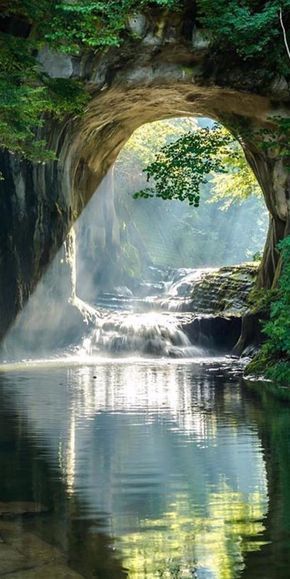

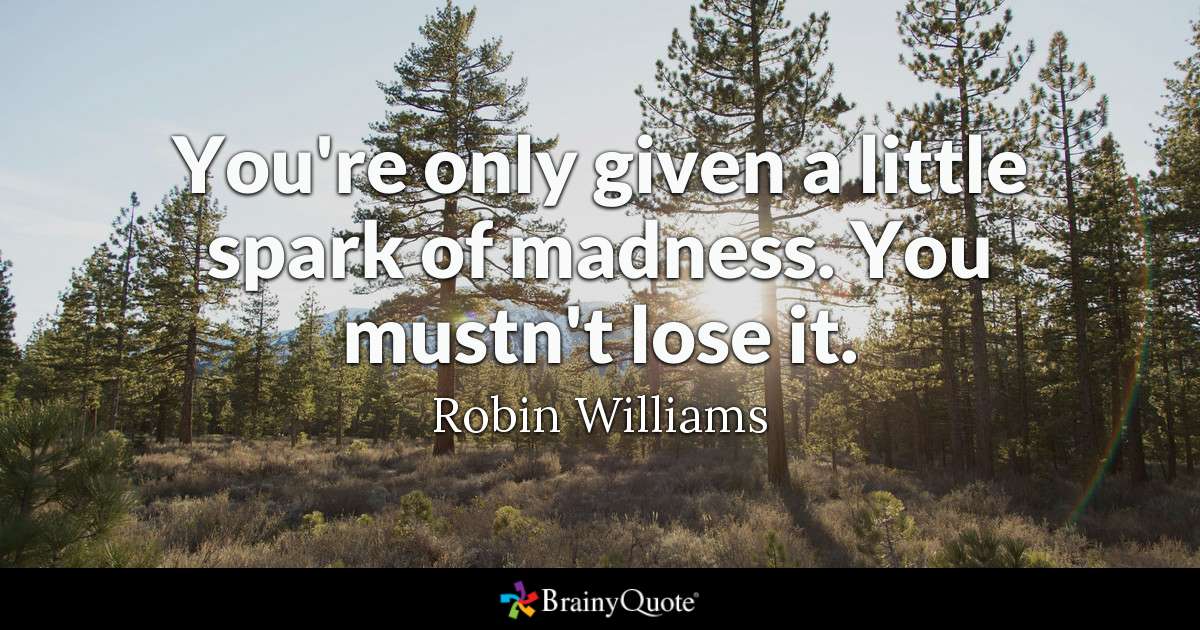
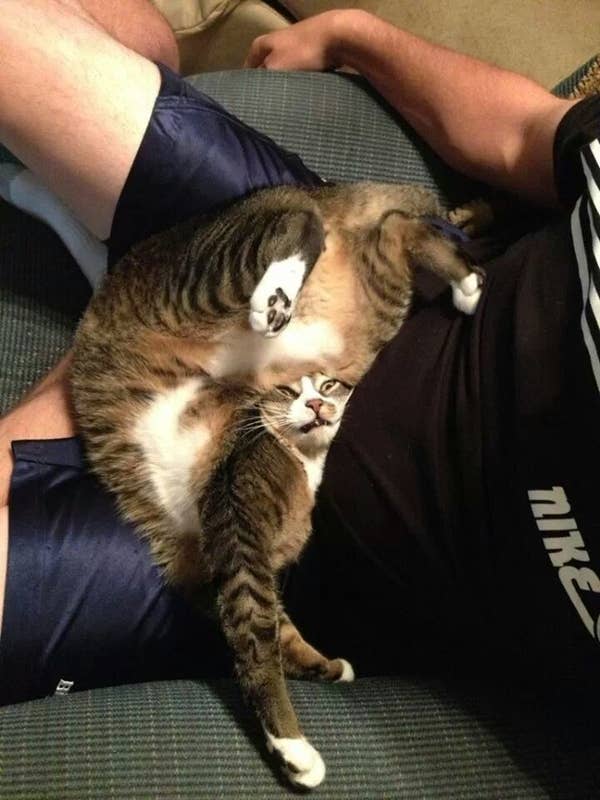




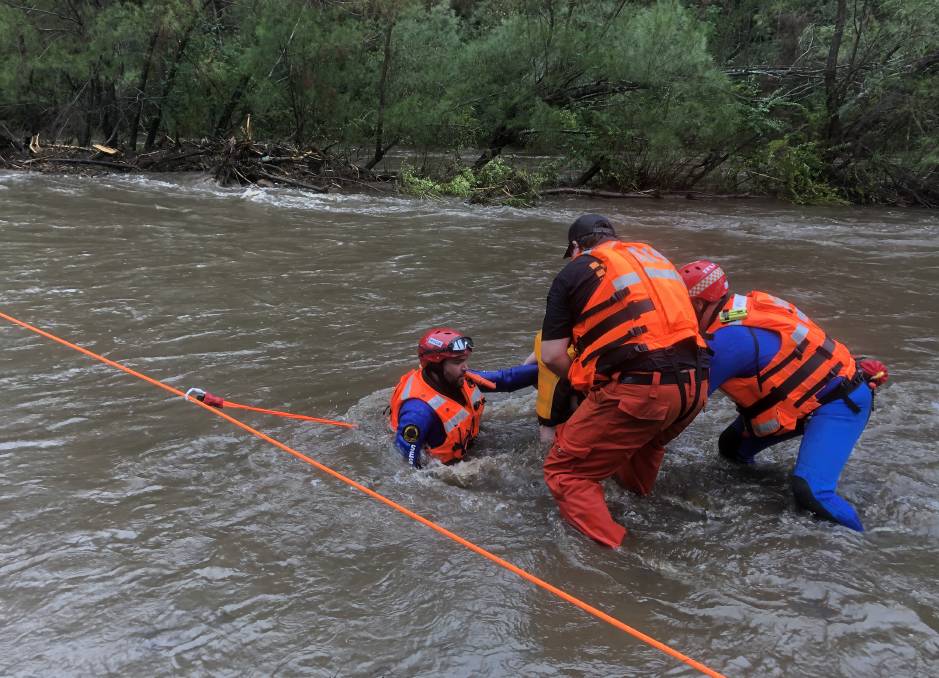
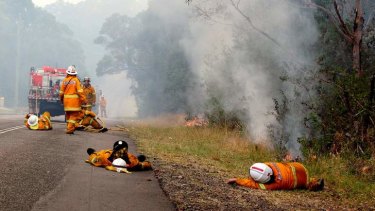

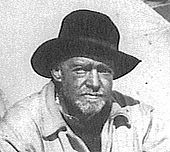
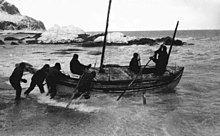
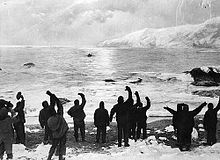
Dancing
in The Rabbit Hole
Posted